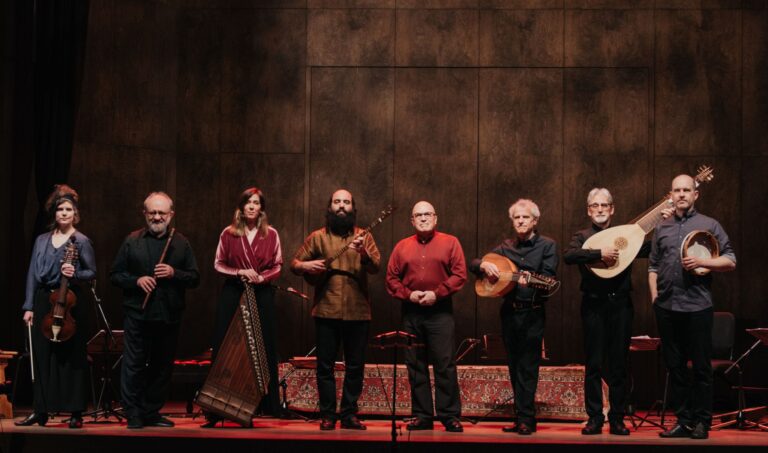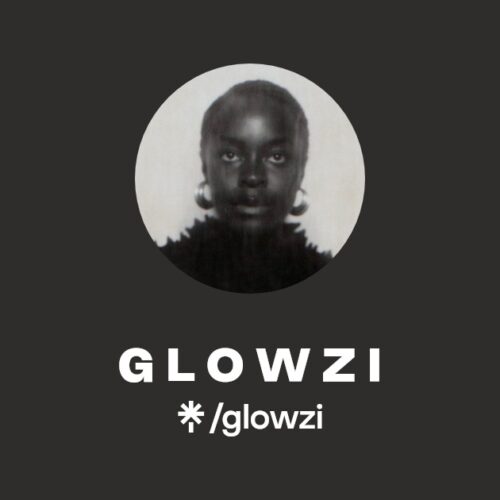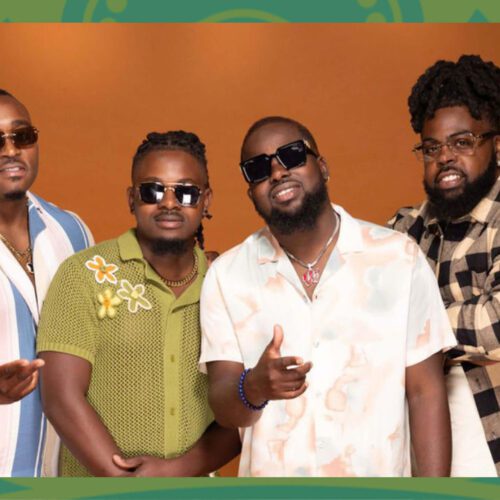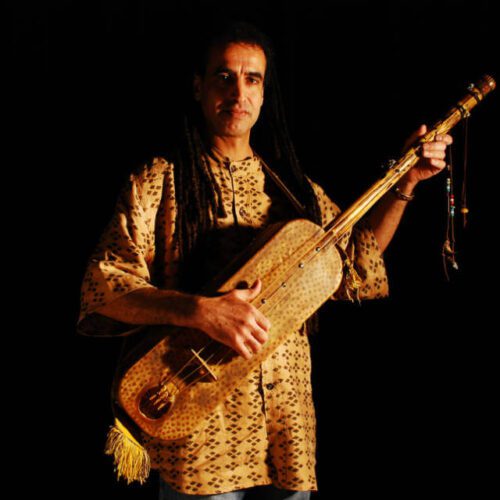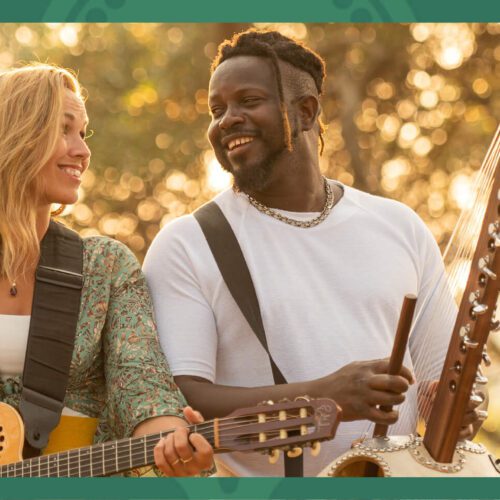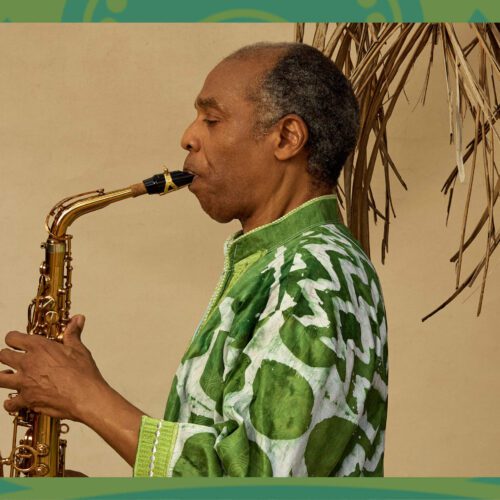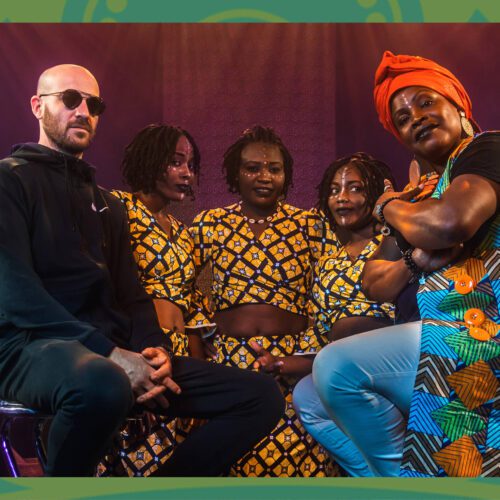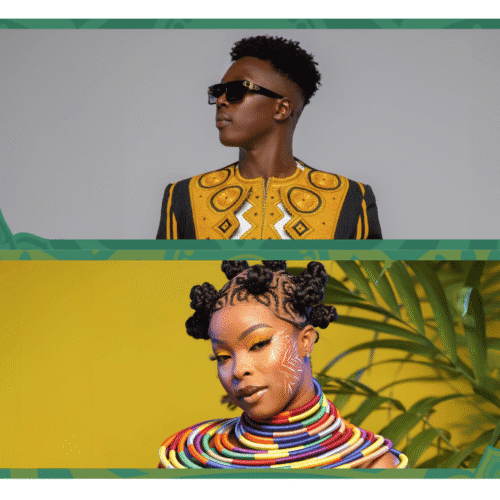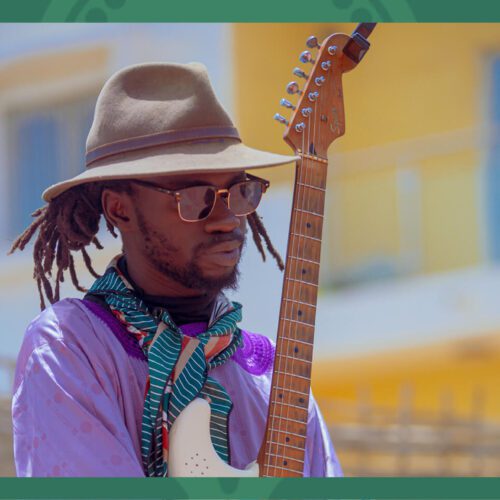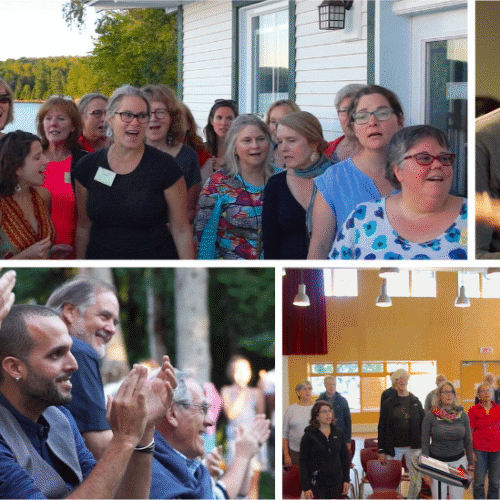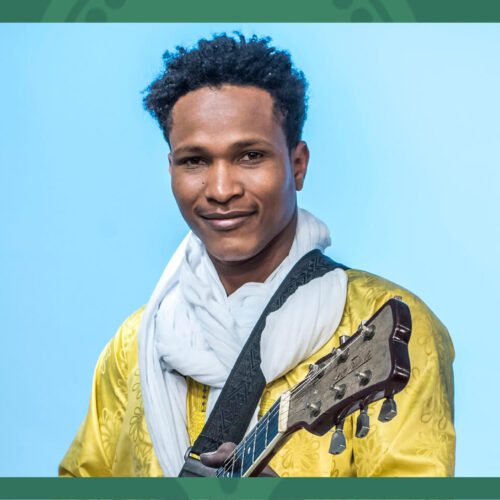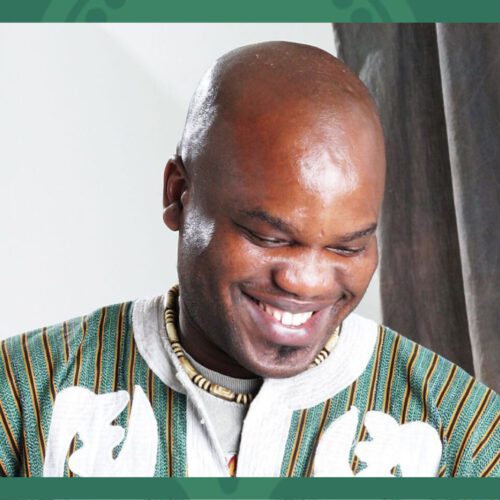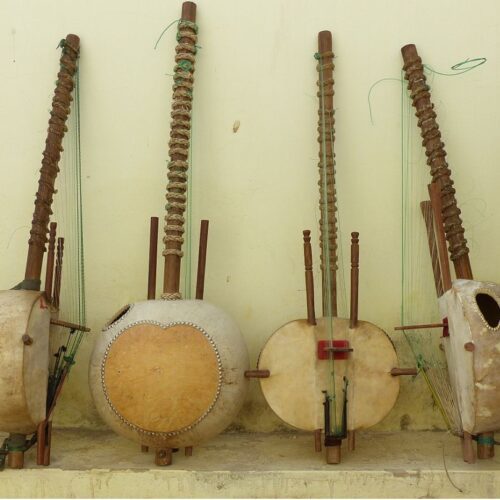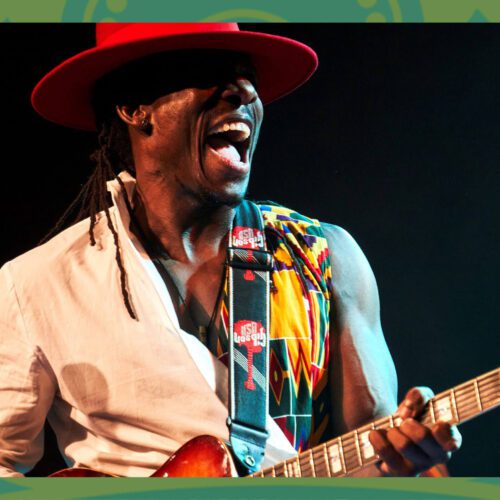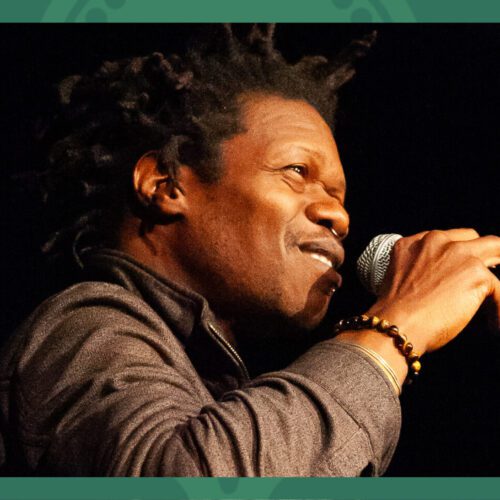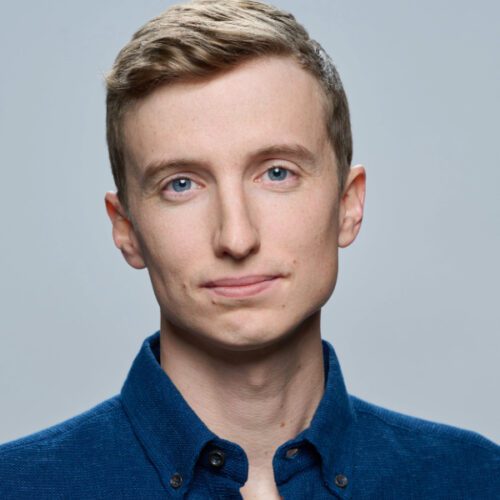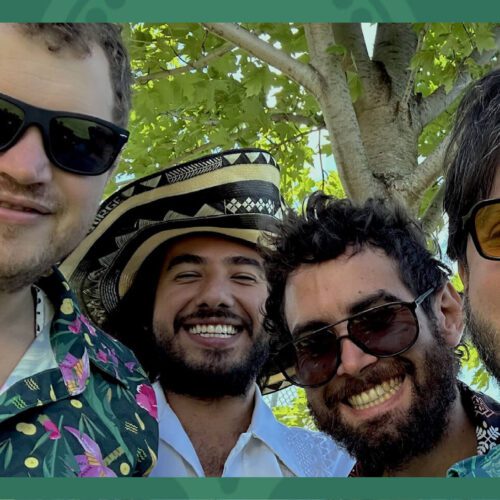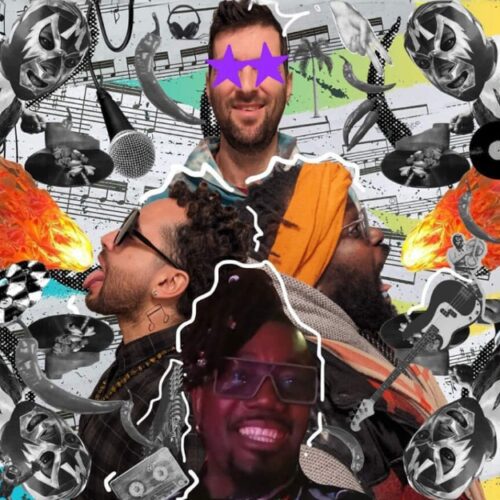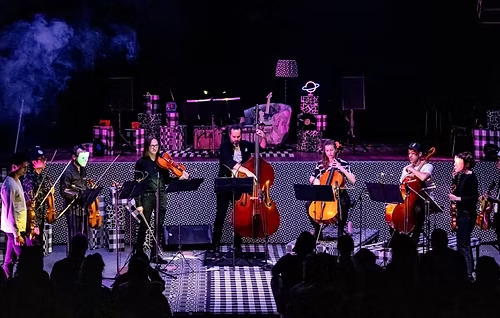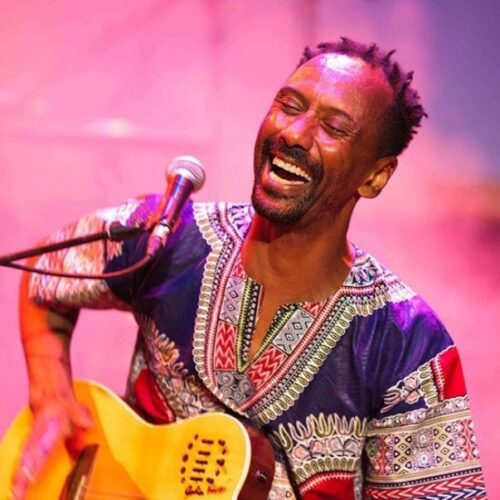Additional Information
Since it was founded in Montreal in 2001, Ensemble Constantinople’s vision has been “to encourage blending and exchange between the world’s different musical and cultural horizons”. Seasoned explorers, they provoke encounters and create dialogues “from Mediterranean Europe to the East, via the free spaces of the Baroque New World.” This vision will be presented for the first time at the Festival de Lanaudière this Sunday, July 23, on the outdoor stage, where the musicians, accompanied by tenor Marco Beasley, specialists in vocal music of the 15th and 16th centuries, invite the audience to cross an imaginary bridge, where East meets West. We spoke to Kiya Tabassian, founder and musical director of Constantinople, about this program and what it represents.
PAN M 360: Tell us a little about the program you’ll present at the festival.
Kiya Tabassian: The program we’re presenting is called Il Ponte di Leonardo (Leonardo’s Bridge). It’s a program that musically redesigns a bridge that Leonardo Da Vinci imagined, but never built, to link the two banks of the Bosphorus, for the Sultan of the Ottoman Empire. I think it’s a program that stands strong like a bridge that you have to cross to meet the others. It’s a program that’s perhaps even more relevant today in the sense that, in the times in which we live, this kind of bridge of connections is increasingly important and primordial.
PAN M 360: As you mentioned, this is a program that builds bridges between East and West, and in which you will be presenting works from the XVIᵉ and XVIIᵉ centuries, which are drawn from manuscripts in the national libraries of Istanbul and Florence in particular. How do you work with such documents to appropriate the musical material? Do they have to be codified in some way?
Kiya Tabassian: It’s something of a specialty of the Constantinople Ensemble, which has been working with such sources for over 20 years now, to realign all these musical currents and traditions so that they come together well. As you say, these are ancient manuscripts, so they’re codified, written in older notations that don’t correspond to today’s modern notation. So, there’s a lot of deciphering to be done, a lot of research work, as a first step, which is very interesting indeed, because it really means going into the archives, the writings, the manuscripts, the works of musicologists and studying this historical ensemble. The next step is: “How can I make music with these sources? because often, these melodies and notations are quite simple. It wasn’t a notation designed to be put in front of a musician to play necessarily, but rather a means of preserving and safeguarding them.
That’s where it gets even more interesting because we can use this music as the basis for building something connected to our emotions and creativity as musicians. In this way, the whole music takes on a musical momentum, in the sense that we really live this music. It’s not historical music; we don’t pretend we’re playing like musicians from the XVᵉ and XVIᵉ centuries, we’re playing music that’s alive. There’s even an element of improvisation in the way I arrange the pieces. I make this music a complete entity again. And this collaboration with the magnificent singer Marco Beasley is precisely in line with this very lively approach to music. He’s a singer who is highly specialized and recognized in these repertoires, but he’s also a singer who sings this music as if it had just been born.
PAN M 360: This is very much in keeping with your intention to act as a conduit for the memory of this music, isn’t it?
Kiya Tabassian: Absolutely. What interests me in this music are qualities that no longer exist, or exist much less, in today’s music. These are qualities of depth of detail, of concern for ornamentation; qualities that have become rarer in more recent music. These are qualities that I bring to the fore in this music and that I want to pass on to today’s audience, because these qualities enable the musicians, but also the audience, to think differently, to listen differently and to take a musical approach to the present moment.
PAN M 360: Indeed, Leonardo da Vinci’s image of the bridge is very telling, and fits in well with the mission of your ensemble, which is to build links and bring together musical universes that could be described as opposites, but which ultimately end up coming together. Why is it important for you to express these similarities and bring these musical worlds together?
Kiya Tabassian: I think it’s because I’ve always believed that dialogue and knowledge of others make people grow. Whether in civilizations, cultures, knowledge or any other sphere of life, dialogue and knowledge of others lead us further down very interesting paths. It’s the same for me on a musical level. I’ve always believed that when a musical aesthetic, a musical tradition that’s well established, when I bring it together with another, I like that musically, it really enters into a deep dialogue. It’s a bit like meeting someone. You can start by saying “Hello, how are you? and talk about the mundane things in life, but when you get into deeper subjects the conversation goes further. Musically, there’s something new emerging that’s even greater than each of these traditions. It’s not a question of juxtaposing them and making collages.
When I discovered that a great personality like Da Vinci and others 500 years ago dreamed of building a bridge to link continents, to make it easier to go back and forth from one shore to the other, so that people could meet and exchange ideas, I immediately said to myself: “That’s really interesting, I want to talk about it”. Let’s try to rebuild this bridge with these kinds of music that surely met back then too. You know, Constantinople was the city where, for centuries, there was the greatest number of ambassadors concentrated in a single city. It was a city where there were people from all over the world, and where ambassadors also brought musicians and artists with them to their embassies to meet people, to bring them to the Ottoman court, to present them to the Sultan for ceremonies and so on.
Musicians have always been creators, curious people, and people who liked to travel and talk to other musicians. Today, in our own way, in 2023, we’re rebuilding this bridge that makes so much sense in today’s society, to help people experience a moment of well-being and peace through music.
PAN M 360: I may be opening Pandora’s box by saying this, but this musical discourse you bring to the table, do you feel that the world music label is valid today, or are we still in this sort of ambiguous position of a “marketing” label?
Kiya Tabassian: Of course, I’m stuck with the idea that these are marketing labels. On the other hand, I always try to see the positive side. Of course, “world music” means absolutely nothing, and it means a lot of things at the same time. If we look at the positive side first, I’ve always put an “S” to “world music” because there isn’t one world music, but many world musics. Once again, it’s quite interesting to listen to and be curious about music from all over the world. So I think world music is beautiful. I think it’s a nice term. But does it correspond exactly to what we do? No. Sometimes, there are very specific projects for which the world music label is far too broad. Ultimately, what interests me is contact with the public and the impact our music has on the people who come to hear it. I don’t pay much attention to that label. What interests me is that my music is heard by a wider audience and that these people spend a moment listening to music that touches them and takes them elsewhere in their imagination, in their hearts and in their minds.
PAN M 360: After Lanaudière, what are your next concert dates?
Kiya Tabassian: This Il Ponte di Leonardo project is on tour in Canada. We have four dates this summer with this project. There’s Lanaudière, on July 25 we’ll be presenting it in Montreal, then Ottawa on July 27 and Vancouver on July 28. After that, the ensemble leaves for concerts in Europe, and from September onwards, tours start up again all over the world. Also, in October, to kick off our 2023-2024 season, we’ll be presenting a concert in which I’ve decided to bring together Johann Sebastian Bach and the great Persian poet of the XIIᵉ century Omar Khayyam, who are two great thinkers of humanity with very different visions of the world. This project puts these two figures and the Bach music I revisit into dialogue, always in this spirit of encounter and dialogue.
The Concert Leonardo Da Vinci: From East to West will be presented at the Amphithéâtre Fernand-Lidsay on Sunday, July 23 at 2 PM. Part of the Festival de Lanaudière programmation. For information and tickets, click here.
To know more about the Ensemble Constantinople’s next shows, visit constantinople.ca
